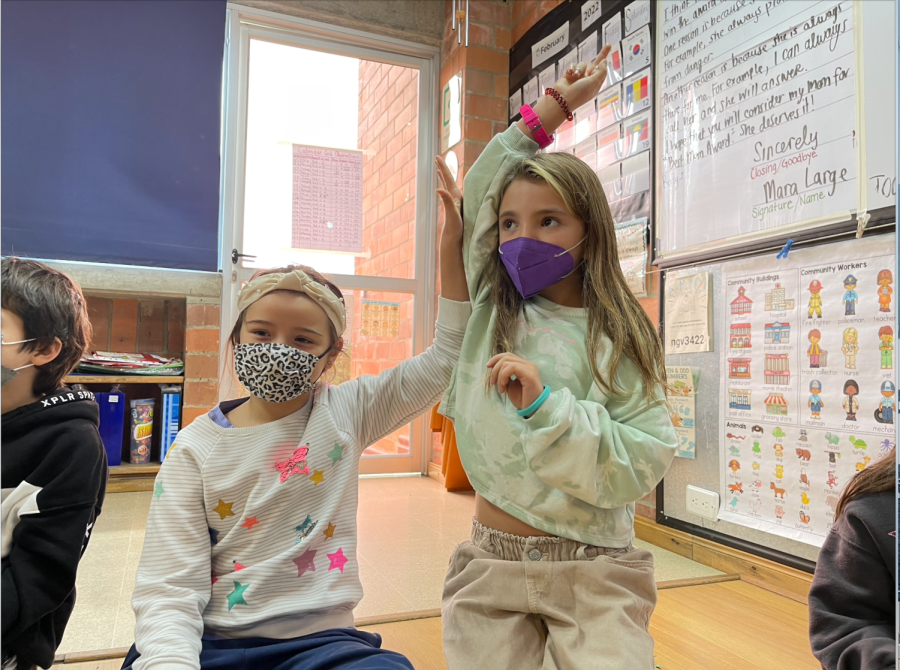Sexual Abuse Prevention Taught in Lower Elementary
K5 students participate in a recent workshop designed to protect them from sexual abuse.
As a consequence of the risks of sexual abuse, The Columbus School established a sexual abuse prevention program that involves students from K4 to 1st grade led by Counselors Ana Maria Mendoza and Patricia Henao.
The counselors teach basic values and then go in-depth about human anatomy, culture, and diversity. The program is taught during Character Counts classes every 15 days.
“In order for these topics to make sense to children, we start by talking about values, problem-solving, and managing emotions so that when we get to this specific topic they have a base that can withstand the density of this topic,” Mendoza said.
The threat is real as approximately 5.4 million kids and teenagers are victims of sexual abuse per month. This program is is required by Colombian law and has been taught for almost 20 years. TCS prefers to use it as a development program for students in the Early Years.
“It is a job that the school is doing in terms of diversity and inclusion. It is a very organic issue that one part is a legal requirement, but we as a school do not do it from that perspective we do it from the need for development and sharing,” Mendoza said.
The school provides parents with basic information on the topic and they inform them about the content demonstrated in the program. Webinars guide parents through the process of supporting their children and gaining more knowledge. This is so, parents can add-on to the content at home.
“Before starting these classes we meet with the parents and give them specific information about the stage of development and we tell them what we see at school. For parents to prepare and once we start talking about it at school, parents have the argument to continue talking about the context with their children at home,” Mendoza said.
Even though the topic is new to children, counselors are impressed that kids have taken this program really well. The kids participate and seem very interested to learn this new topic. Mendoza and Henao gather information to teach it in diverse ways so kids enjoy and learn from every lesson. Things like games, discussions, and word games help kids process information.
“The impact is positive since the discussions that take place in class are based on the questions they ask, on the doubts that the subject generates,” Henao said.
The students are taught to apply 3 rules if someone does anything that makes them uncomfortable; say no, walk away and look for help.
“This has created a positive impact since it is not something that only includes children but also parents. Being a topic that is spoken naturally, children tend to understand it and be able to interpret it in a good way, we want to teach that all this makes a protection factor,” Henao said.
Sexual abuse prevention helps develop knowledge, skills, behaviors, this promotes health and safety. Teaching sexual prevention reduces future sexual abuse and helps students understand what is right or wrong.
“I just had a class where a girl asked, ‘If I go with my parents to where the doctor and the doctor asks permission from my mom and dad to check the private parts, the doctor can do it.’ They are those exceptions and that naturalness in which they see this topic,” Henao said.




